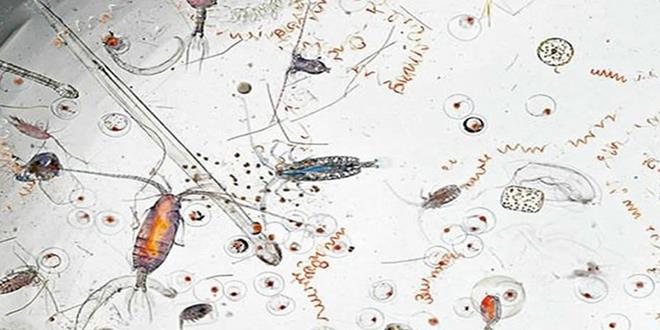OBECTIVES
The aim of this
practice is to observe water from a fishbowl and from a river and to know that there is life in the environment of water.
MATERIAL
- Slide and a coverslide.
- Water from a fishbowl.
- Water from a river.
- Microscope.
- A dropper.
PROCEDURE
- Prepare two samples, one with the water of the river and the other the water was from the fishbowl.
- So,take one drop from each type of water and put add them in a slide, then cover them with the coverslide.
- Put them in the corresponding microscope and observe the results.
CONCLUSIONS
- In the water from the river we saw arthropods.
Exemple water of the river.









